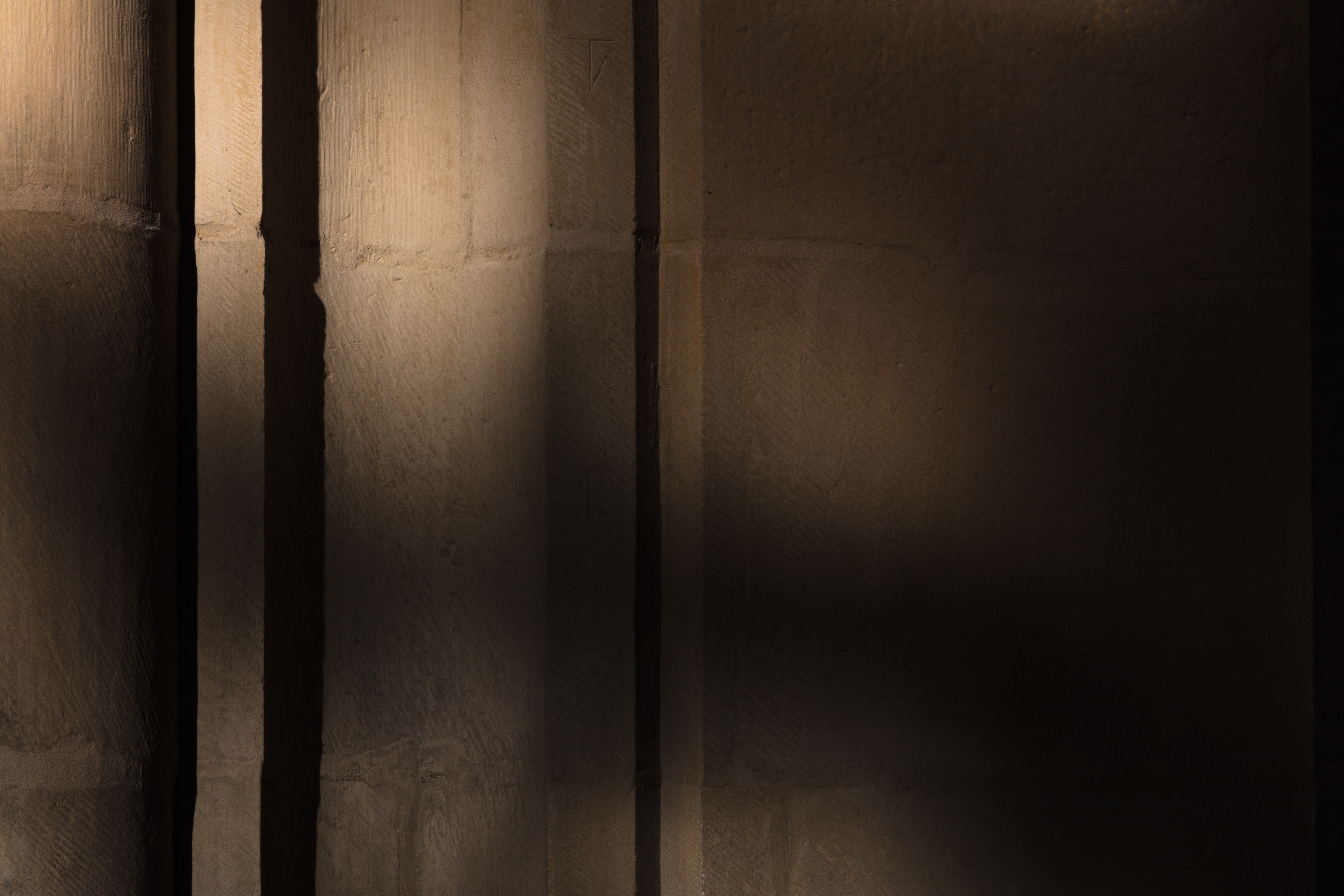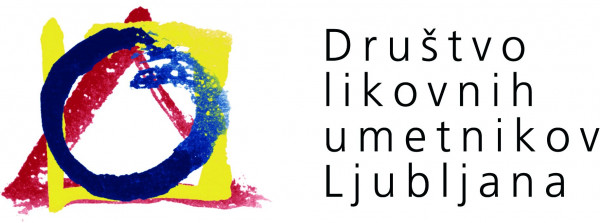
-
When
3. 11. - 28. 11. 2021 (9:00 - 19:00)
-
Location
Gallery Srečišče
-
Tickets
Admission free
Photographic exhibition
The creative oeuvre of Nataša Segulin is not extensive given the fact she has been intensely involved in photography for just a few years, however, it is uniform enough for us to be able to extract the essential characteristics of her creative approach from her photographic cycles. The photographs she creates on her travels do not present the sights, but the details from the real world: the structure of built-up constructions, the dynamic texture of the earth, the light reflections on a shimmering water surface, the dimensions of the sky ... She also usually frames her chosen motifs so that they evade a particular placement since there is no horizon in her images, or rather the other way round: there is no land in her photographs of the sky. The images are imbued with a kind of peace and quiet, which testifies to them being a reflection of the artist’s feelings, impressions, moods, her enthusiasm for the beauty of the world – even when it comes to non-poetic images of containers or wooden pallets (In the Harbour series).
In recent cycles, the poetic nature of Nataša Segulin’s photographic expression is very much brought to the fore by the intense light, which has in fact become the central protagonist of her works. In the Lumen series (2019), which is tied to the rich history of the abandoned Koper Servite Monastery that once housed the city’s maternity hospital, the light signifies both new life and hope for the restoration of the decaying cultural monument. In the latest cycle, created this year, which can also be linked to the artist’s intimate relationship with cultural heritage, light is used to depict her travelling impressions.
The project includes shots of three different sacral objects, which make up the carefully selected excerpts of their exteriors and interiors, yet the locations in the selections of motif have no importance at all.[1] Actually, the artist assigns the central role in the photographs to the lighting effects that create a multitude of indefinable, imaginary forms on the solid architectural foundation.
The visual narrative begins with four minimalist, already completely abstract compositions, depicting the transition of light contours into completely dark shadows. She therefore focuses on the essence of the photographic medium itself: namely, the property of photography to stop the passing of time and preserve the fading light in a fraction of a second. She builds the atmosphere of the moment not only with the effects of light and shadow, but also with the contrasts between the softness of the shadowy contours and the vertical graphisms, behind which a view into an indefinable space gradually opens up.
In the next two sets of photographs, the actual space is more recognisable. We can clearly discern the small details of the exterior and interior walls of the church in the images, such as the nails and the texture of the walls that feature the rhythmically repeating convex-concave forms of the vertical architectural elements, pilaster strips, columns and their shadows. Yet, the architectural motifs are blurred by the distinctive shadowy images of the trees that abstract the geometrically conceived compositions and give a strong chiaroscuro effect to the shots. The intensity of the shadows decreases again slightly in the photographs of the interiors, and gradually transforms into a kind of light pulsation, which seemingly disintegrates the darkness and dematerialises the solidly built walls in the last shots. Despite the strong contrasts in colour and tone, the images emit a feeling of complete harmony and tranquillity, which the artist achieves through the balanced relationship between the sharpness of rational forms and the softness of shadows as well as a thoughtful compositional structure of elusive light effects.
Nataša Segulin’s Impressions can be described as distinctly sensual images, which are the expression of her fascination with the phenomena of light and which are used to convey the subjective experience of a specific space and time – not only the sensibility of the sacral spaces in which light marks everything unutterable and extrasensory, but also the spirit of the time. According to the artist, the notations of light can also be understood as a metaphor for the state of today’s world, onto which the shadows of unpredictability have fallen. At the same time, however, her refined images always embody a glimmer of hope. Nevertheless, the works are by no means unambiguous, precisely the opposite: the indefiniteness of the transient light forms also allows us, the viewers, to recognise them as the associative images that rouse our thoughts.
Nataša Kovšca
In cooperation with:


